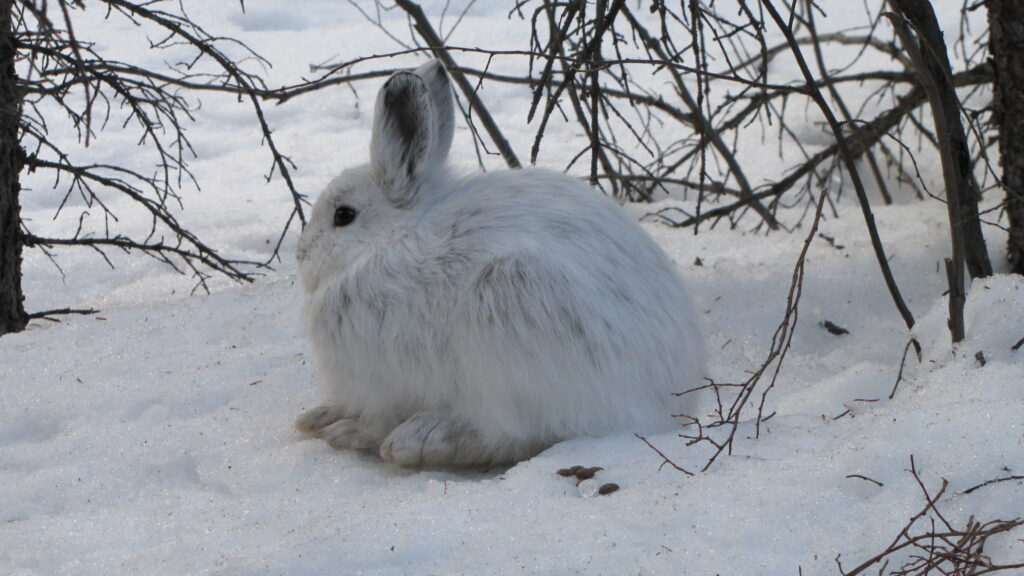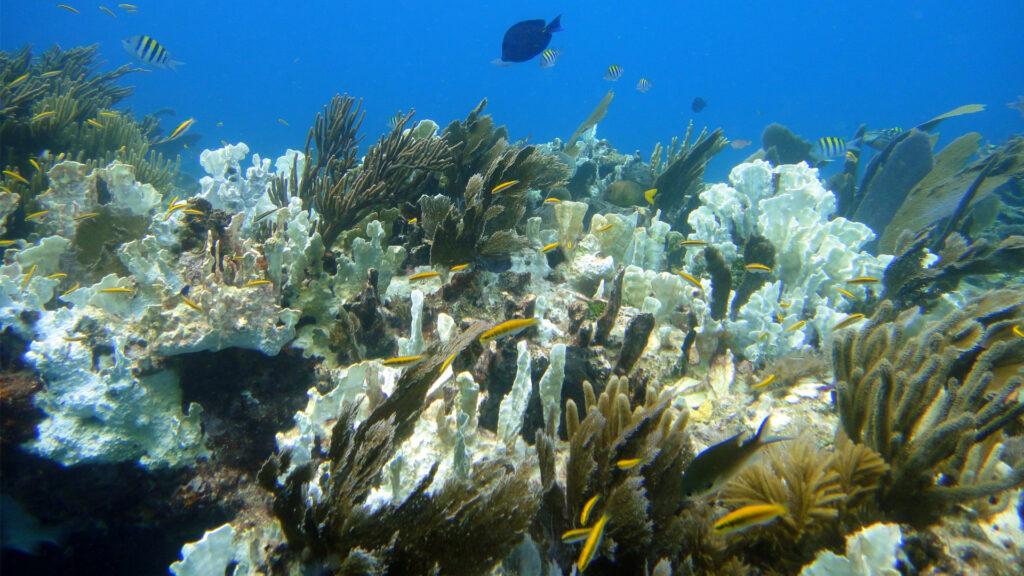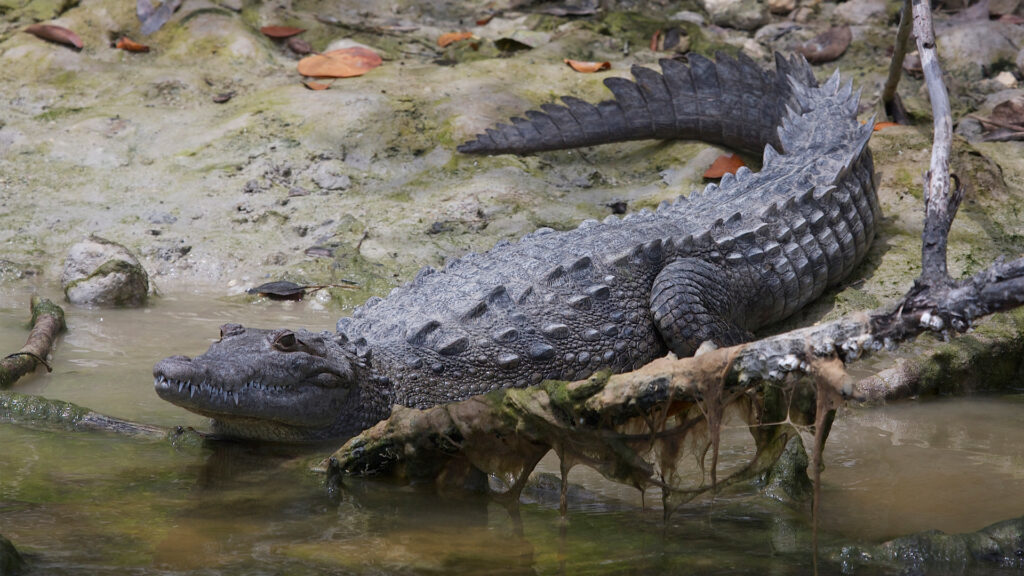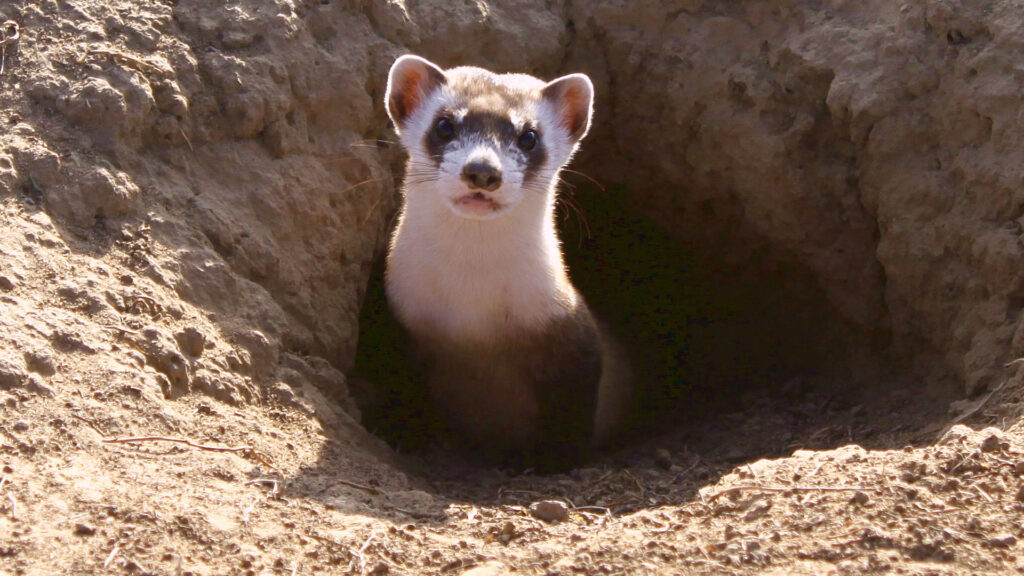By Adam Markham, Union of Concerned Scientists
Human-caused climate change is redistributing species across the globe, reordering ecological communities and even driving genetic changes in some populations. We need to better understand these changes, and to adapt biodiversity conservation strategies to take them into consideration.
To address these issues, the third international Species on the Move conference convened in Bonita Springs, Florida, in May 2023. Key ideas discussed at the meeting included increasing connectivity between protected areas, the need for anticipatory legal and regulatory planning for biodiversity conservation, and reinstituting and protecting Indigenous land and wildlife management practices.
Opening the conference, the director of the Leverhulme Centre for Anthropocene Biodiversity at York University, Chris Thomas, noted that humans have been modifying ecosystems for millennia, and that every species that survives today, even in the most remote areas, exists in an ecosystem that has been altered by humans, including through changes in atmospheric and ocean chemistry, and climate change. In a world where urbanization, forestry, agriculture, fisheries, transportation, water and energy infrastructure, and other human impacts have degraded and continue to alter natural ecosystems, climate change is causing rapid and often hard to predict impacts on species dynamics and distribution.
A global shift in species distributions is underway
Hundreds of studies during the last two decades have tracked climate-driven changes in species distribution, including for trees, mammals, birds, amphibians, marine and freshwater fish, and insects. For example, many duck species in the Midwest have been moving further north in the winter and much more frequently over-wintering there rather than migrating south in the fall. The National Audubon Society predicts massive reductions in future climate suitability of habitat for hundreds of North American birds as the climate continues to warm.

In the Arctic, where the climate is warming at an exceptionally rapid rate, permafrost thaw is causing slumping and subsidence, creating thermokarst lakes and rapidly changing the profile of peatlands which took thousands of years to develop. Shrubby vegetation is spreading into the tundra, allowing animals including moose, beaver and snowshoe hares to live there for the first time.
Beavers are fast colonizing and changing habitat in lowland northwestern Alaska and are expected to spread throughout the area north of the Brooks Range within decades. Where beavers create ponds, permafrost thaw can accelerate locally and create new habitat for species shifting their ranges northward. The Arctic Beaver Observation Network, a group of scientists, Indigenous groups and land managers has been set up to monitor beaver expansion and better understand potential impacts on habitat, fish, and the subsistence lifestyles and health of Alaska Natives.
A study which analysed over 30,000 range shifts for more than 12,000 terrestrial and marine species found that marine species are outpacing terrestrial species in the race to keep up with global warming. This is most likely partly related the physical obstacles such as roads, cities, and agriculture impeding terrestrial species, as well as their generally greater tolerance for wide temperature ranges.
A race to keep up with climate change
On land, microclimate – the very specific suite of conditions such as temperature and humidity that each individual organism experiences – can also play a major part in a species’ speed of change. The huge variation in local microclimates probably also partly explains slower than expected shifts in terrestrial species’ distributions. Most species distribution modeling does not include fine-scale microclimate data. Efforts are underway to change this, for instance with the SoilTemp database that has so far compiled 50,000 microclimate time series from across the globe.
Some marine species also experience boundaries to movement, including ocean currents, thermoclines, and shipping lanes, but they are generally more able to track changes in sea temperatures.

In the oceans, prolonged periods of unusually high sea surface temperatures are having a major impact. These annual marine heatwaves (MHWs) have increased by 54% during the last century, and eight of the ten worst MHWs have occurred since 2010. MHWs are causing mass die-offs of foundation species such as corals, kelp and seagrass as well as fish, seabirds and marine mammals. They’re also associated with the redistribution of commercially important fish species, causing severe economic losses to fisheries in some cases
While research is still scarce on how marine species are changing the depths at which they live in response to warming water temperatures, many changes have been recorded on land, where plants and animals are being pushed up-slope as the climate changes. For example, in Peru’s Cerro de Pantiacolla range, at least 5 mountain-top bird species have gone locally extinct over a 30-year period. Benjamin Freeman, a biologist at Georgia Tech, coined the phrase “escalator to extinction” to describe the threat to mountaintop species which are adapted to cooler conditions and have nowhere to go as the climate becomes too warm.
Protected areas and connectivity
Because natural habitats worldwide continue to be destroyed and degraded by urban and agricultural development, and unsustainable resource extraction, increasing the amount of wild lands in protected areas is vital for maintaining biodiversity. But protected areas are themselves under threat from rapid climate change, and conservation planners are urgently working to understand and ameliorate the risks.
Scientists in Table Mountain National Park in South Africa, for example, have focused on identifying the ecological traits that make species particularly vulnerable to climate change, and then developing management strategies for priority species. This approach has found that South Africa’s iconic protea flowers are among those species most at risk, and that 85% of the park’s reptile species, and 67% of its amphibians are highly vulnerable to climate change.
In Florida’s Everglades National Park, more than a century of drainage and land development have shrunk and degraded the wetlands, disrupting freshwater flows and destroying important habitat. Efforts to restore natural flows of freshwater into the Florida Everglades are helping to slow the incursion of mangroves into this important freshwater ecosystem as sea levels rise. National Park Service scientist Erik Stabenau calls this “fighting water with water.”

According to Venetia Briggs-Gonzalez, a wildlife biologist at the University of Florida, coastal development, increased salinity and damage to coastal nesting habitat from sea-level rise and storms has already shifted the center of gravity for threatened American crocodiles from the Atlantic coast to the Gulf coast of Florida.
Crocodiles are adaptable and resilient, but they need both freshwater and sandy coastal nesting sites – two resources that are becoming increasingly scarce. Sea-level rise and consequent loss of scarce habitats is also an existential threat to several endangered species in Everglades National Park and the Florida Keys which have no new habitat to move into, including Cape Sable seaside sparrow, Key deer and silver rice rat.
Protected areas tend to contain higher-quality habitat and greater biodiversity than areas outside, but they will not necessarily act as stepping-stones to allow species to move in response to climate change. If there is not enough connectivity between protected areas, they may no longer protect the species they were designed to harbor.
A study of almost 30,000 protected areas showed 58% would experience a connectivity failure with 2°C of warming. Serengeti National Park in Tanzania, Sagarmatha National Park in Nepal and the U.S.’s Cloud Peak Wilderness would all experience connectivity failures. Other research shows that deforestation and fragmentation has left 62% of tropical forests without enough connectivity to facilitate species shifts.
The importance of Indigenous knowledge and values
Conservation managers and scientists often fail to take account of the cultural importance of nature and the fact that for many people, including most Indigenous peoples, the natural world and human culture are inextricably linked. Individual species often play a critically important part in traditions, religions, sacred and seasonal practices, and foodways.
One review identified 385 culturally important wild species from across the globe. Seventy-eight percent of these species were important for Indigenous or ethnic groups. Indigenous peoples manage or have tenure over 40% of the world’s intact terrestrial ecological landscapes, about a quarter of the globe, but their land rights are constantly under threat or being eroded, and their traditional cultural and governance practices have historically been marginalized or actively repressed. Lands that are actively managed by Indigenous people often have better conservation results than traditional protected areas.
First Nations in Canada, including the Kitasoo/Xai’xais Nation in British Columbia, are working in partnership with scientists to co-develop approaches to marine and coastal conservation which incorporate, or are led by Indigenous knowledge, priorities and governance strategies.
Indigenous knowledge holders have long, place-based historical contexts, a deep understanding of natural history, especially in relation to subsistence harvesting and spiritual practices, and fine-scale knowledge of local climate and seasonal variability.
Diverse Indigenous peoples have managed Pacific salmon for thousands of years, developing complex socio-cultural systems that include traditional laws, harvesting practices, and spiritual beliefs. European settler-colonists deliberately disrupted these systems in the territories now known as the United States and Canada. The ongoing effects of these histories of colonization now interface with modern climate change.
Today, there are efforts to revitalize traditional fisheries management practices to strengthen food system sustainability and increase resilience to environmental changes, including climate change. The Kitasoo/Xai’xais Nation embody a conservation ethic in their everyday life and worldview, and this is reflected in tribal laws and the responsibilities of hereditary chiefs. In 2022, the Kitasoo/Xai’xais Nation declared a first-of-its-kind Indigenous Marine Protected Area (MPA) centered on Kitasu Bay. The new MPA will be managed by the Nation and Indigenous guardians will be recognized by the federal government as having park ranger authority.
What are the paths forward?
With species on the move, ecosystems being reshaped, we need to start looking more critically at adaptation and resilience options. When species do shift distribution, they do so at different speeds and often in different directions, so species assemblages are changing. Greater connectivity between terrestrial protected areas and other intact ecological systems is vital to facilitating species movements.
Assisted migration or species translocations may become necessary in some situations, but what are the ethical and regulatory considerations of doing this, and what might the unintended consequences be? Are there mechanical adaptive strategies than can be adopted, for example manipulating microclimate by providing artificial shade and shelter for birds at risk of heat stress in places such as the Mojave Desert, or as is already being tested by WWF and South African National Parks in dry karoo habitats?

Kent Redford, in his book “Strange Natures,” has addressed the fast-developing field of synthetic biology and its potential to provide conservation solutions in a changing climate. Projects are already underway to use genetic engineering to eradicate rats on important seabird islands, prevent the up-slope spread of avian malaria to protect mountain birds in Hawaii, and increase genetic diversity in populations of endangered species, such as black-footed ferrets. These approaches come with significant legal and ethical questions that have not yet been fully examined.
At the conference, University of California, Los Angeles (UCLA) law professor Robin Kundis Craig called for anticipatory adaptation policy planning. For example, as threatened or endangered species move from current protected areas, it will be important to put in place protective legislation or regulations in the areas they will likely move to, which sometimes will be in different countries.
To accommodate and facilitate climate-driven species shifts on land and at sea we will need to address fisheries regulations, designation of shipping lanes, aquaculture and invasive species controls, species translocation protocols, and many other regulatory and legal regimes.
We have already entered an ecological world that we haven’t known before. Human influence on ecosystems has been ongoing for millennia, but the changes over the last 500 years stemming from colonialism and empire-building, industrialization, agricultural expansion, species translocations and introductions, natural resource exploitation, infrastructure development, armed conflict, and tourism, have been completely transformative. Now we are dealing with rapid climate change too.
Species are moving and reorganizing across the globe’s disappearing and highly fragmented ecosystems at a time when the socio-ecological systems, and Indigenous and traditional knowledge and management practices that have underpinned ecological stability for millennia are endangered, under extreme pressure or degrading. With species actively and unpredictably on the move, we need to anticipate and plan for change, to be able to conserve biodiversity, ecosystems services and eco-cultural systems.
Adam Markham is deputy director of climate and energy for the Union of Concerned Scientists.
This piece was originally published at https://blog.ucsusa.org/adam-markham/species-on-the-move-how-climate-change-is-re-making-ecosystems/
Sign up for The Invading Sea newsletter by visiting here.



